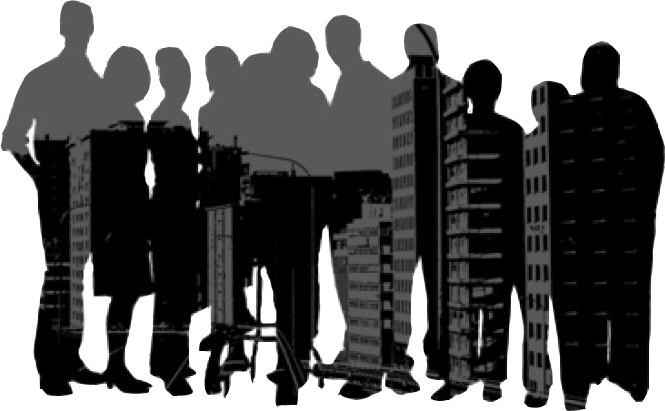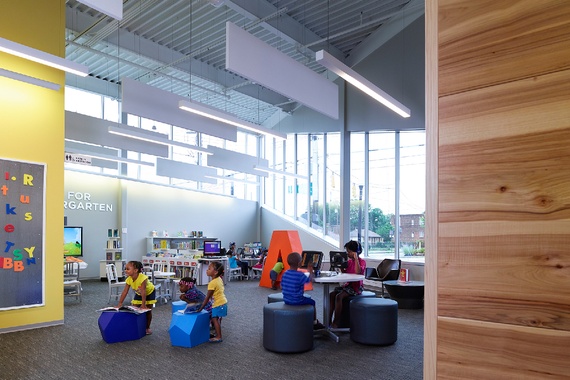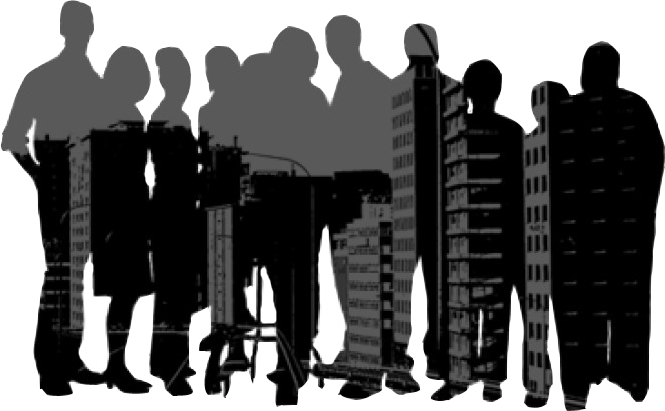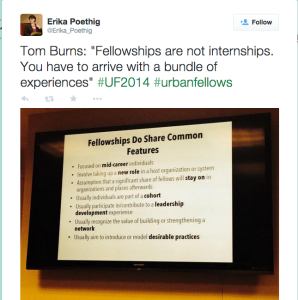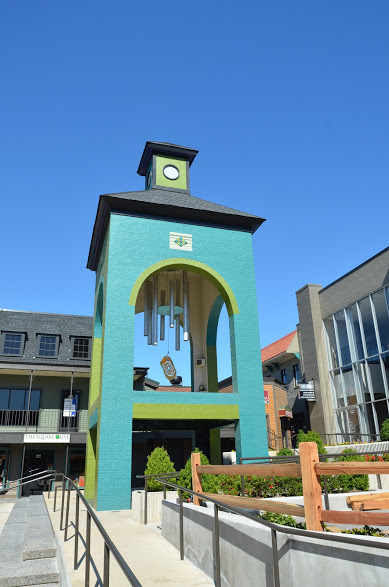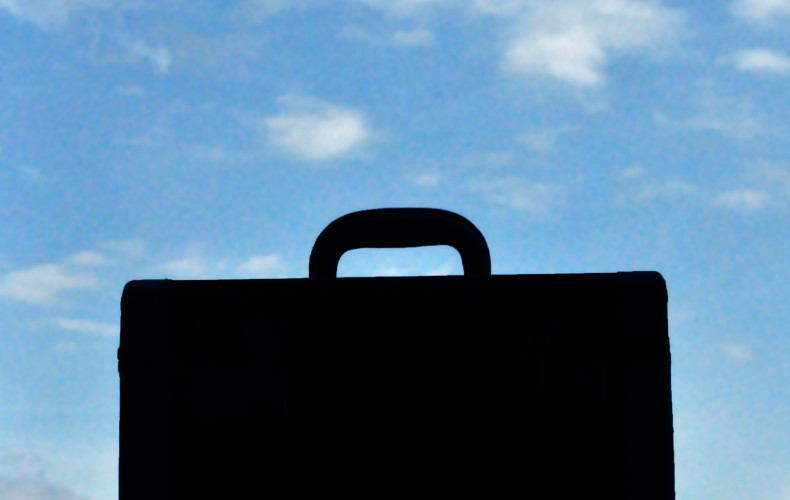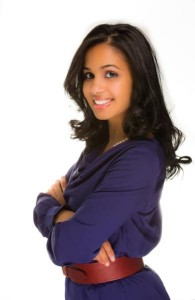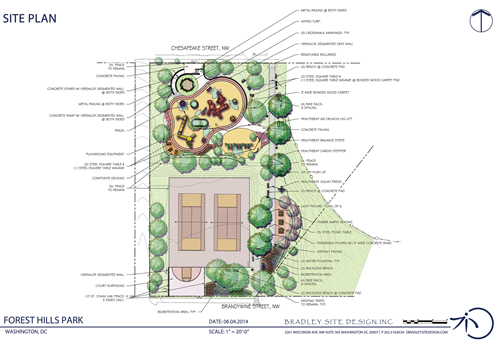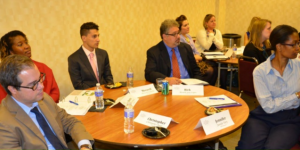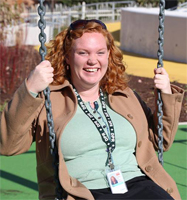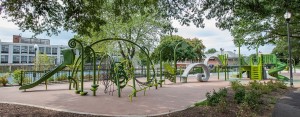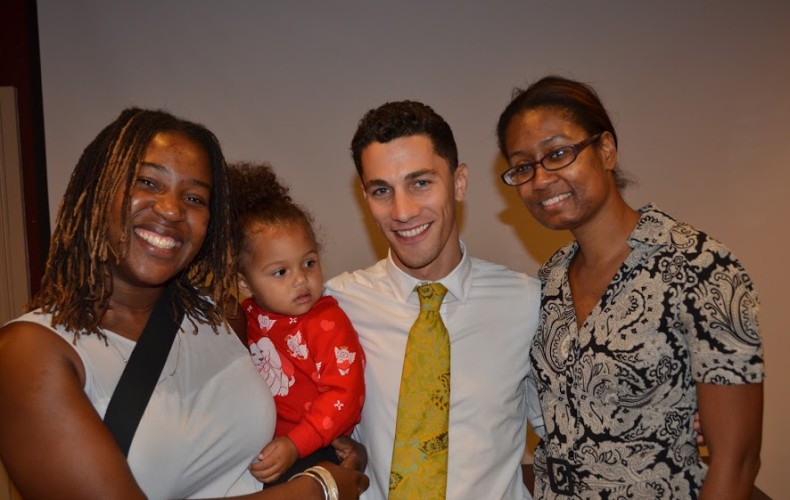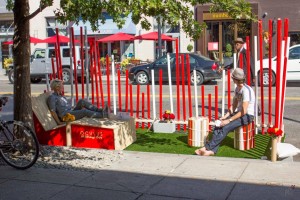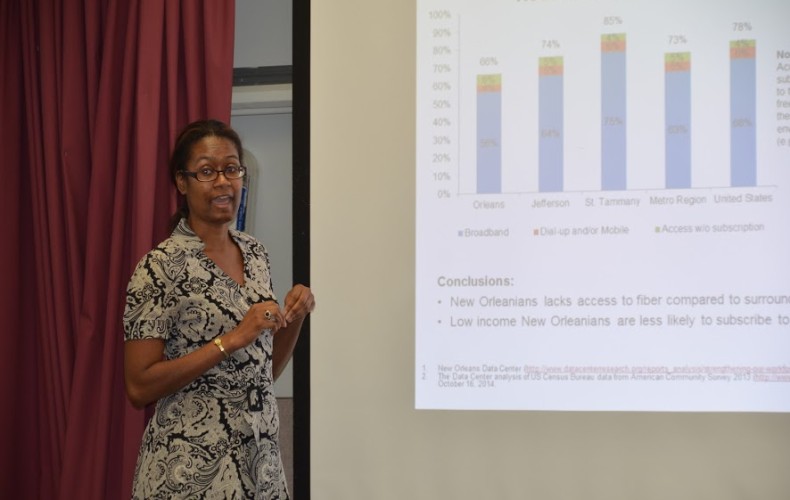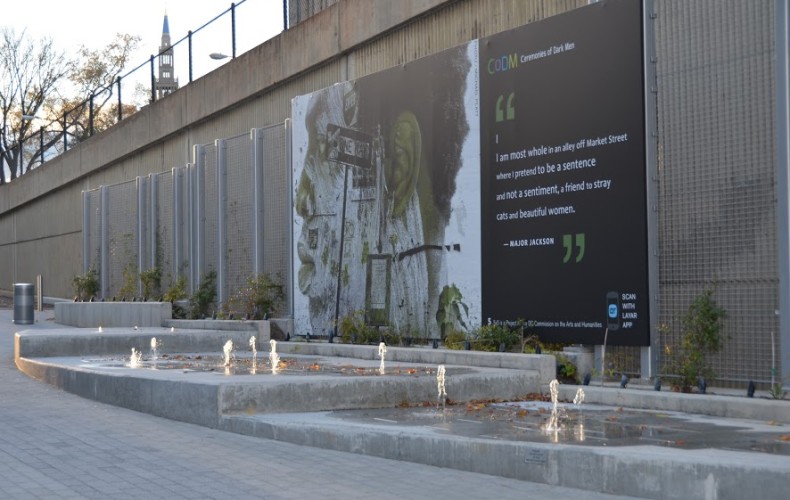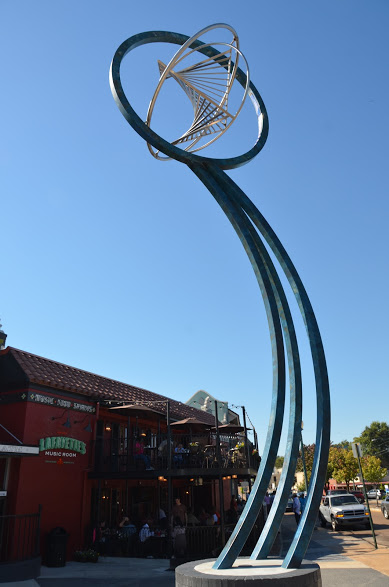After two years of intensive study to determine best practices, and a national search that attracted 110 applicants from 50 universities across 19 states, the Cleveland Foundation — the nation’s oldest community foundation — has become the newest member of a growing group of donors to create urban fellowship programs in the United States.
Beginning in September, nine recent college graduates and post-grads will work at six local public sector agencies for a year. The fellowship program, funded by the foundation, includes a year-long professional and leadership development training component. The Fellows will address an array of pressing issues for residents of the city, including community policing, public health issues generally and infant mortality and pediatric health in particular, civic identity and engagement, arts access and excellence for youth, transportation, housing affordability, jobs, and financial self-sufficiency.
For complete biographies of the new Fellows and background on the program, click here.
The nine new fellows and focal points of their work are
Kathleen Brennan – Supporting community-police relations in Cleveland (Cleveland Foundation). Brennan will work on supporting the Cleveland Community Police Commission’s work to strengthen community-police relationships.
Roberta Duarte – Improving cultural competence in patient care at Cleveland’s public health system (MetroHealth). Duarte will work with senior leadership and a cross-functional implementation team on population health initiatives.
Joshua Edmonds – Developing a new vision for one of the nation’s largest public housing authorities (Cuyahoga Metropolitan Housing Authority – CMHA). Edmonds will focus on the finalization and implementation of CMHA’s first new strategic plan in 20 years.
Tabitha Gillombardo – Shaping the region’s transportation infrastructure for the Cleveland of tomorrow (Northeast Ohio Areawide Coordinating Agency – NOACA). Gillombardo will help create NOACA’s new long-range transportation plan, which will shape the development of the Greater Cleveland transportation system for the next two decades.
Ricardo Mason – Implementing a new county-wide culture of innovation (Cuyahoga County’s Office of Innovation). Mason will join a Cuyahoga County team tasked with leading the implementation of internal and external innovation plans, with a goal of creating a center of excellence that will serve as a model for counties across the nation.
Takasha Nutall – Incorporating City Council’s new Civitism agenda (Cleveland City Council). Nutall will work with the City Council president and committee chairs on Cleveland City Council’s new policy agenda, “Civitism” (love of place). She will incorporate the new platform throughout the Council’s 11 committees, which each address separate legislative priorities.
Olivia Ortega – Addressing one of the nation’s highest rates of infant mortality and lead poisoning (Cleveland City Council). Ortega will also work with Cleveland City Council on its new “Civitism” policy agenda, and with the council president and committee chairs specifically on the Council’s public health initiative, centered on addressing infant mortality and lead poisoning.
Hannah Santisi – Increasing access to mastery-based arts for Cleveland youth (Cleveland Foundation). Santisi will focus on the Cleveland Foundation’s new arts strategy to increase access to mastery-based arts to all youth in the city of Cleveland and will also support foundation projects in the areas of arts, culture and placemaking.
Eli Stacy – Helping residents in public housing become more financially self-sufficient (CMHA). Stacy will serve as the onsite program facilitator for the Jobs Plus initiative, which works to help residents become more financially self-sufficient. Stacy grew up in Virginia Beach, Virginia.
